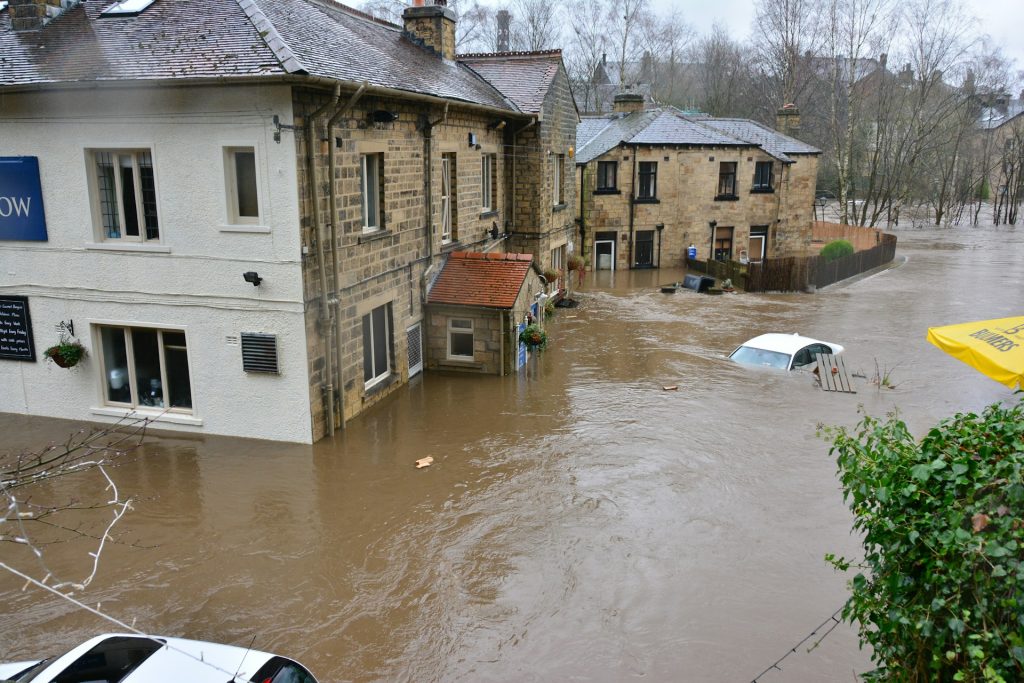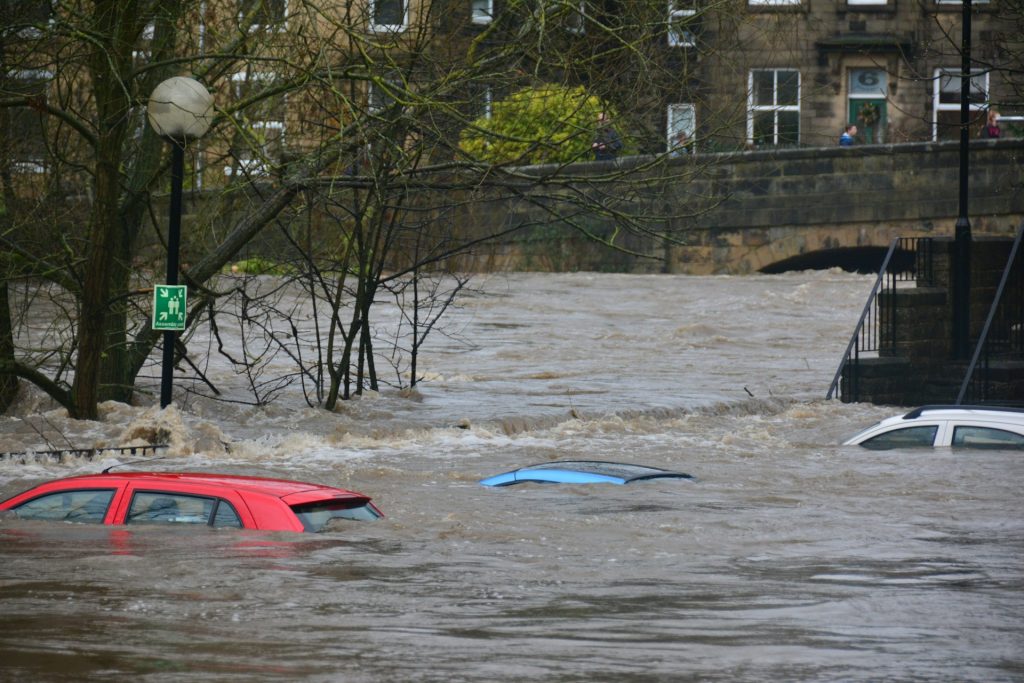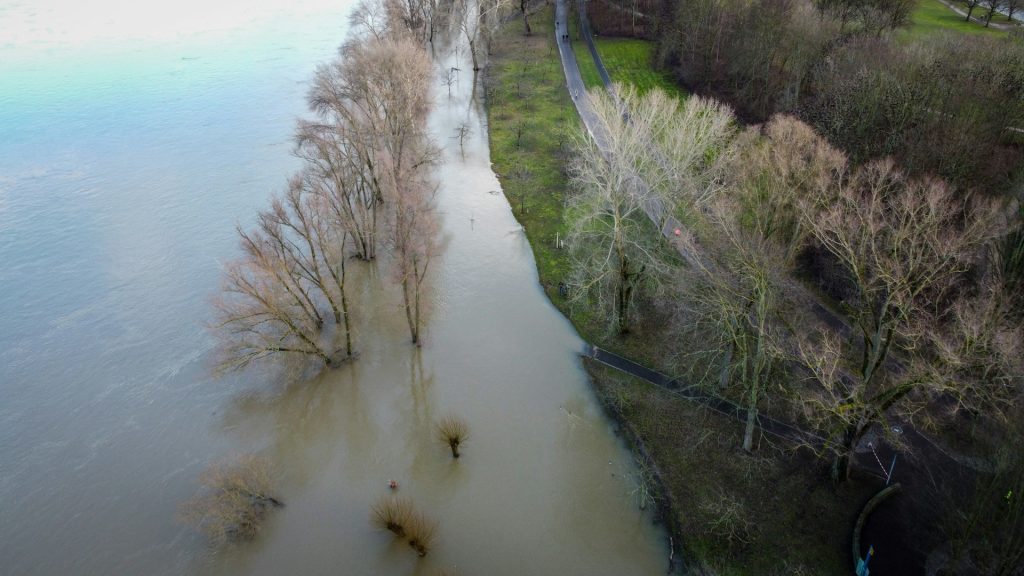Floods, nature’s relentless force, have emerged as one of the most devastating global calamities, leaving in their wake destruction, displacement, and economic turmoil. As climate change intensifies and human activities reshape landscapes, comprehending the intricate web of causes and effects becomes paramount. This article unravels the layers of flooding, examining its diverse forms and delving into the repercussions that ripple through ecosystems and communities.

Types of Floods
Before we dissect the causes and effects, it’s crucial to recognize the various manifestations of floods. Two predominant types, flash floods and river floods, dominate the global landscape.
- Flash Floods: A swift surge of water triggered by intense rainfall in low-lying areas. Its rapid onset poses life-threatening challenges, particularly in arid regions with rocky terrains.
- River Floods: Occur when rivers breach their banks, inundating adjacent lands. Prevalent in wet climates and areas with extended rainstorm seasons or proximity to melting snow and ice.
Causes of Floods
Floods materialize from a tapestry of interconnected factors, with excessive rainfall standing as a primary catalyst.
- Heavy Rainfall: Overwhelms the ground’s absorption capacity, leading to a rapid surge in water levels, a common precursor to flash floods.
- Sea Overflow (Storm Surge): Tropical storms, cyclones, and hurricanes induce sea water overflow along coastal regions, causing catastrophic flooding events.
- Snow and Ice Melting: Rapid melting contributes to rising sea levels, and blocks of melting ice can obstruct river flows, creating ice jams.
- Dam Failures: Catastrophic dam breaches, exemplified by the 1889 Johnstown disaster, release colossal volumes of water downstream, wreaking havoc.
Effects of Floods
With over 2 billion people affected by floods between 1998-2017, the repercussions reverberate globally.
- Loss of Life and Property: Rapid floods, often accompanied by landslides and infrastructure collapse, claim lives and leave communities homeless.
- Economic Devastation: Key industries like agriculture, fishing, and tourism suffer, with studies projecting an 11% GDP reduction in flood-prone regions by the century’s end.
- Social Displacement: Vulnerable regions, such as South and Southeast Asia, witness mass migrations, exacerbating urban crowding and social inequalities.

Climate Change’s Role
A 2021 study underscores climate change’s complicity in exacerbating flooding. Western Europe experiences 3-19% heavier downpours, leading to deadly flash floods.
- Asia’s Vulnerability: Predictions indicate intensified flooding and prolonged monsoon seasons, disrupting agriculture and amplifying precipitation extremes.
- Global Greenhouse Gas Emissions: Reducing emissions emerges as the linchpin solution, demanding a swifter transition to renewable energy and transportation decarbonization.
Mitigation Strategies
To mitigate flooding’s impact, strategic interventions become imperative.
- Resilient Infrastructure: High-risk regions must invest in flood-resistant infrastructure, exemplified by China’s ‘sponge city’ initiatives.
- Managed Retreat: Coordinated population movement from high-risk zones, coupled with robust systems for migrants, offers a humane approach.
- Global Emission Reduction: A collective commitment to decarbonization and renewable energy becomes the linchpin to combating climate change and curbing escalating floods.

As floods persist in reshaping our world, the imperative to navigate these turbulent waters with wisdom and foresight becomes clear. Acknowledging the symbiotic relationship between climate change, human activity, and flooding is the first step towards a resilient future. The challenge lies in our collective ability to implement adaptive strategies, prioritize emission reduction, and foster global cooperation in the face of this rising tide of uncertainty.





